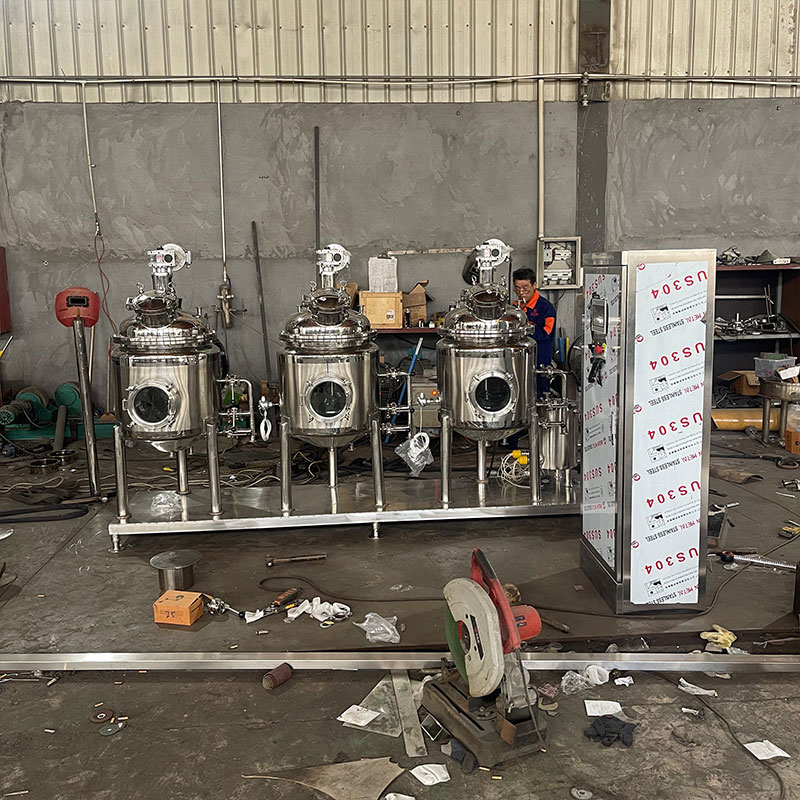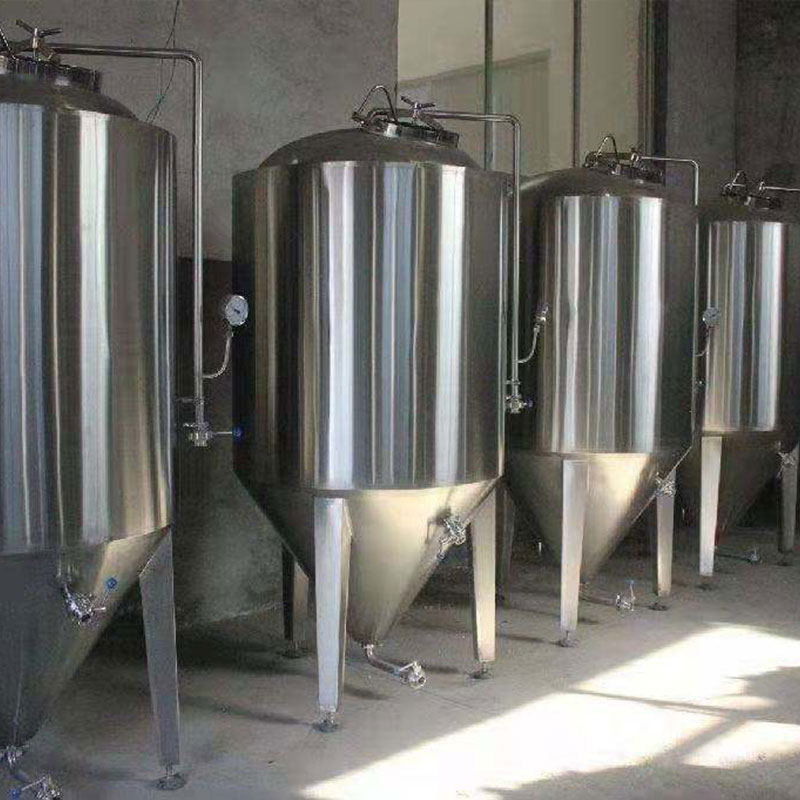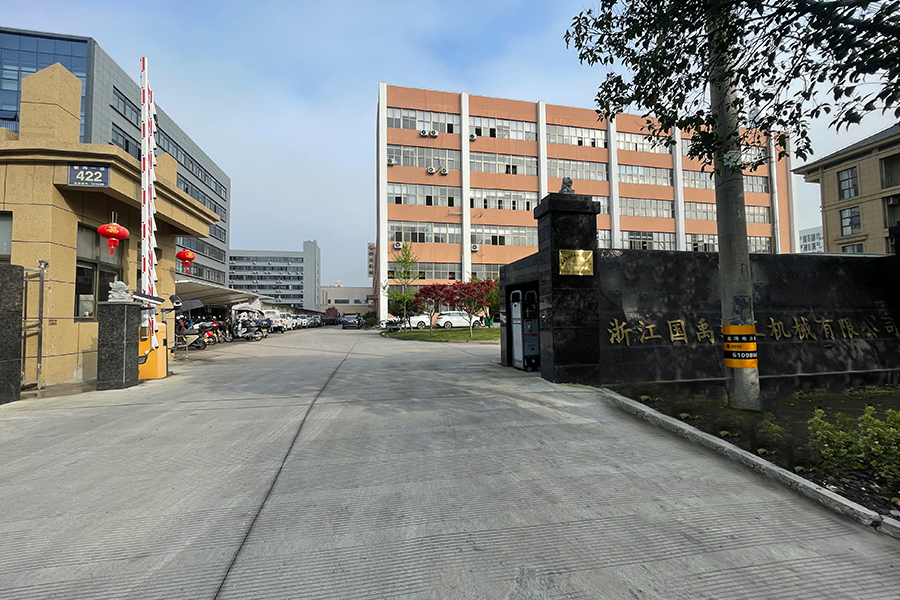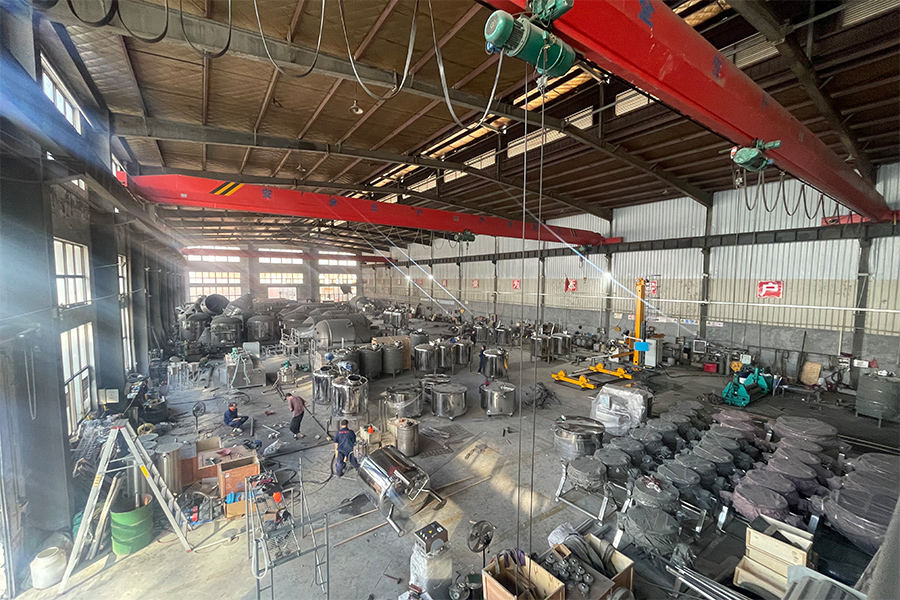A Food Fermentation Tank is a specialized vessel used for the controlled fermentation of food products such as yogurt, sauerkraut, kimchi, and beverages like beer and wine. These tanks provide an environment that supports the growth of beneficial microorganisms by maintaining appropriate temperature, humidity, and sanitation conditions. Typically made from stainless steel or food-grade materials, fermentation tanks often include features like temperature control systems, agitators, and airtight seals to ensure consistent and safe fermentation.
Maintaining Quality and Hygiene with Food Fermentation Tanks
A Food Fermentation Tank is a container designed specifically for the controlled fermentation of various food products. Fermentation is a natural process where microorganisms like bacteria, yeast, or molds convert sugars and other compounds into different substances, often improving the taste, texture, and shelf life of food. Common products made using fermentation tanks include yogurt, sauerkraut, kimchi, cheese, beer, and wine.
These tanks are typically constructed from stainless steel or other food-grade materials that resist corrosion and are easy to clean. The interior surfaces are designed to prevent contamination and maintain sanitary conditions. Temperature control is a key feature, as fermentation requires specific temperature ranges to encourage proper microbial activity and avoid spoilage.
Food fermentation tanks often include agitation systems to keep the contents mixed and evenly fermented. They may also have airtight seals or controlled ventilation to regulate oxygen levels, which can influence the fermentation process depending on the product.
The tanks come in a variety of sizes to suit small-scale artisanal production as well as large industrial facilities. Proper use of fermentation tanks can result in consistent product quality and enhanced safety.
In summary, food fermentation tanks provide a controlled environment that supports the development of fermented foods, improving both flavor and preservation while meeting industry hygiene standards.
Benefits of Using All In One Food Fermentation Tanks
An All In One Food Fermentation Tank combines multiple functions into a single, integrated system designed to simplify and optimize the fermentation process. This type of tank is especially useful in food and beverage production where space, efficiency, and control are important.
An All In One Food Fermentation Tank combines temperature control, mixing, and monitoring in a single unit. Made from food-grade materials, it supports consistent fermentation of various products while simplifying operations. Its integrated design helps maintain hygiene and improves efficiency in food and beverage production.
Typically made from food-grade stainless steel, the all-in-one fermentation tank integrates temperature control, agitation, and sometimes cleaning systems in one unit. This integration allows for precise control over fermentation conditions such as temperature, mixing speed, and atmospheric environment without needing separate equipment.
The tank often features programmable controls that can automate heating, cooling, and mixing cycles to maintain ideal fermentation parameters. Some models also include sensors to monitor pH, oxygen, or other critical factors, providing data to help ensure consistent quality.
All-in-one tanks reduce the complexity of fermentation setups by small the need for external machinery and manual intervention. They are suitable for a variety of fermented foods and beverages including dairy products, pickles, kombucha, beer, and more.
By combining essential functions, these tanks improve process efficiency and help maintain sanitary conditions. They can be scaled for use in both small craft operations and larger production environments.
In conclusion, the all-in-one food fermentation tank offers a compact, efficient solution for controlled fermentation, supporting product quality and operational ease.



















